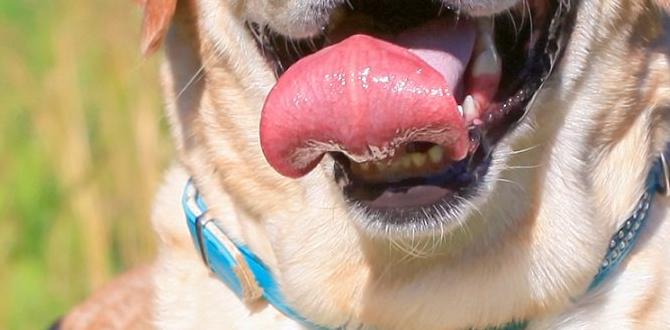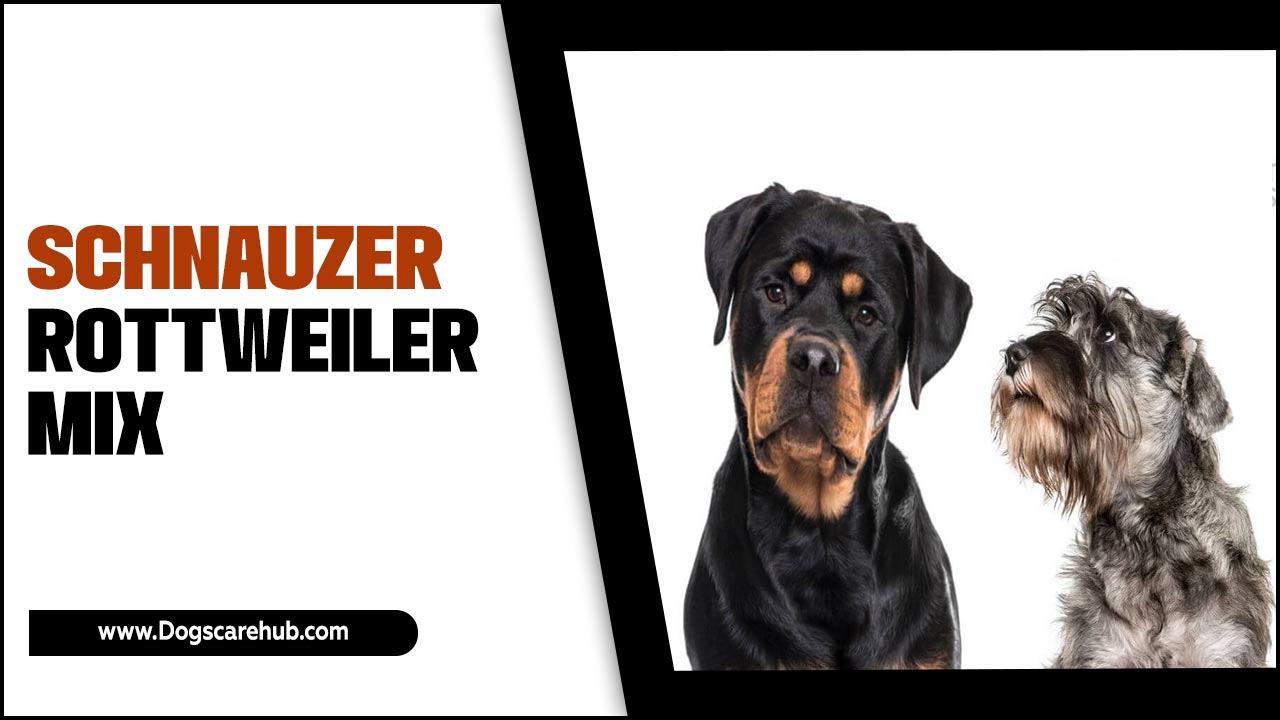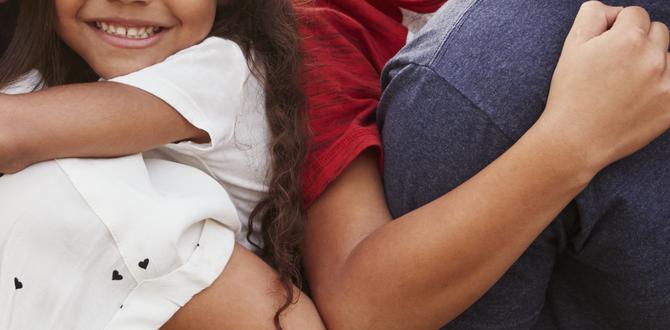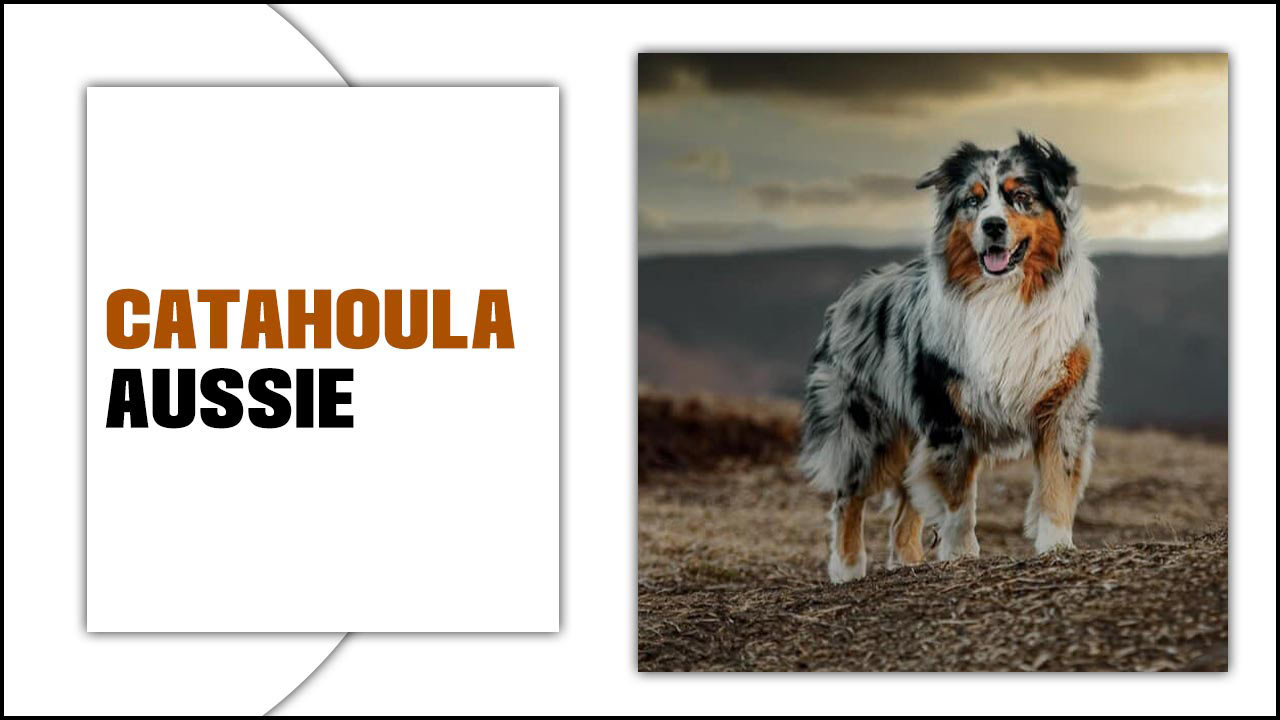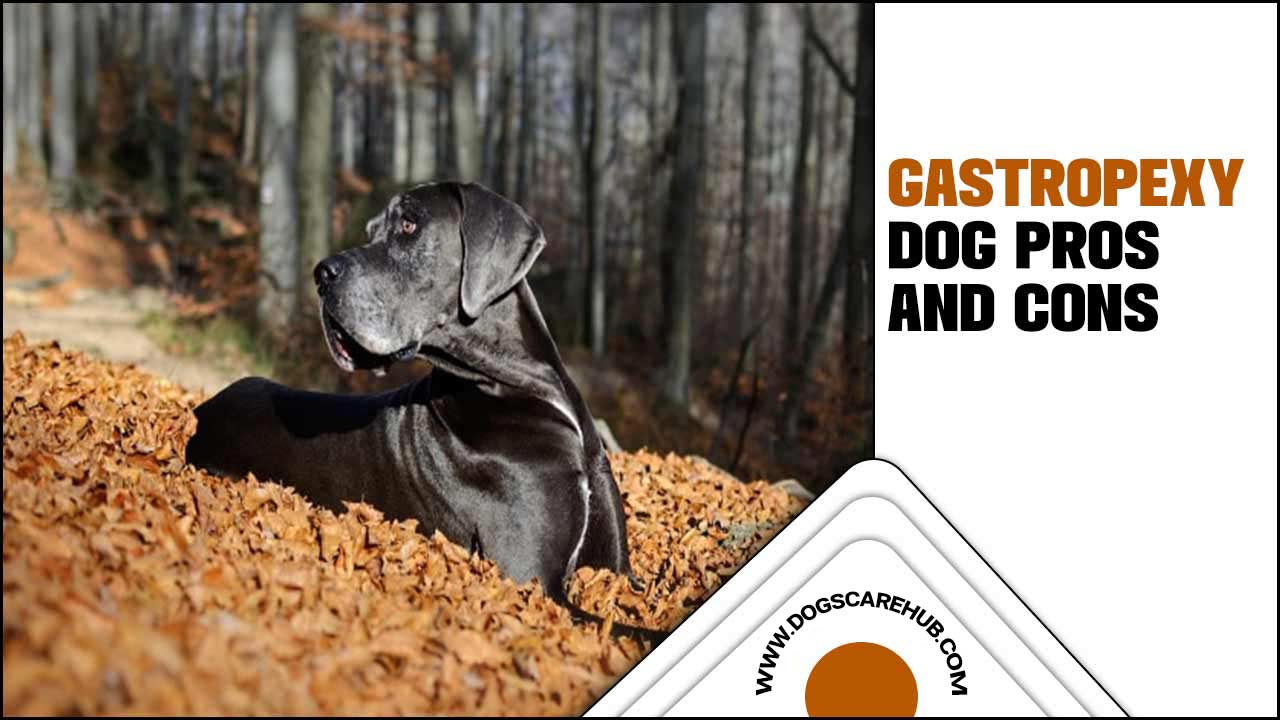Have you ever watched two dogs bark at each other, wondering what might happen next? It’s a common scene at parks and neighborhoods. But what if this aggression turns serious?
Many dog owners face the challenge of managing multi-dog aggression. It’s a tough situation that can happen quickly. Imagine walking your dog and seeing another one approach. Will they play or fight?
Understanding how to handle this aggression is important for everyone involved. Knowing how to manage multiple dogs can keep everyone safe. It can even help dogs become better friends in the long run.
In this article, we will explore practical tips for handling these situations effectively. We will share stories and advice that can help you and your furry pals stay happy. Let’s dive in and uncover some surprising facts along the way!
Managing Multi-Dog Aggression: Tips And Strategies For Success
Managing Multi-Dog Aggression
Managing multi-dog aggression can seem overwhelming. Did you know that many dog fights start over jealousy? Understanding dog behavior is the key to preventing these conflicts. Start by observing their body language. Signs of stress include raised hackles and stiff tails. Create a calm environment with positive reinforcement. Regular training helps dogs learn to coexist happily. With patience and consistent effort, you can promote peace among your furry friends. Isn’t it rewarding to see them play together instead?Understanding Dog Aggression
Definition of aggression in dogs. Common triggers for dog aggression.Dog aggression can make life a bit ruff! It usually means a dog shows fear or tries to protect something. Common triggers for this behavior include feeling threatened, fear of other dogs, or even jealousy. Imagine a dog thinking, “Hey! That’s my ball!” when another pup tries to take it. It’s important to understand these triggers to help our furry friends chill out. Here’s a quick look at some common causes:
| Trigger | Explanation |
|---|---|
| Fear | The dog feels scared and may react with aggression. |
| Territory | Dogs can protect their home or backyard. |
| Jealousy | They might not like sharing their human! |
Understanding these reasons helps us manage their behavior better. Let’s keep our pups happy and safe!
Identifying Signs of Aggression in Multi-Dog Households
Behavioral indicators of aggression among dogs. Differences between play and real aggression.Dogs can be tricky to read. Sometimes they play nicely, and other times they seem like furry little monsters! Look for signs of aggression, such as growling, baring teeth, and stiff body posture. These are serious signals. But don’t confuse them with play. Playful dogs wag their tails and have a relaxed stance. Understanding these differences is key to keeping peace in a multi-dog household.
| Behavior | Description |
|---|---|
| Growling | Warning sign of annoyance or threat. |
| Bared Teeth | A clear sign of aggression, not play. |
| Wagging Tail | Watch for relaxed and playful movements. |
| Relaxed Body | Shows comfort and a desire to play. |
Spotting these signs early can help avoid a dog-on-dog drama. Remember, the goal is wagging tails, not growling battles!
Factors Contributing to Aggression among Multiple Dogs
Social hierarchy and pack dynamics. Environmental stressors and their impact.Understanding why dogs sometimes fight can help you manage their behavior better. First, dogs have a social hierarchy. They understand their roles in a group. If one dog feels challenged, it might show aggression. Second, environmental stressors matter. Loud noises, new places, or unfamiliar people can make dogs anxious. Stress can lead to fighting. Keep their environment calm to reduce stress.
Why does social hierarchy affect dog behavior?
Social hierarchy helps dogs know their place in the pack. If a dog feels threatened by another’s position, it may react aggressively.
How do environmental stressors impact dog aggression?
Unsafe or noisy surroundings can scare dogs. This fear can cause them to act out against each other.
To keep peace among your dogs, watch for these clues. Knowing their social ranks and keeping their space stress-free helps a lot!
Prevention Strategies for Multi-Dog Aggression
Early socialization techniques for puppies. Creating a structured environment for multiple dogs.Teaching puppies early can help them be friendly dogs. Socializing means letting them meet other dogs and people. Take them to parks or classes. It helps them learn how to play nicely. A good structure at home is also important. You can create a safe space by following these steps:
- Set rules for behavior.
- Provide separate areas for each dog.
- Feed them in different spots to avoid fights.
- Spend time individually with each dog.
These strategies help prevent problems later on.
How can I socialize my puppy?
Socializing your puppy is about letting them meet other pets and people. This helps them be calm and friendly.
Effective Training Techniques to Manage Aggression
Positive reinforcement methods. Using desensitization and counterconditioning.Training dogs can be fun, especially when you want to stop fights. One great way is using positive reinforcement. This means giving treats or praise when your dog behaves well. Dogs love snacks more than most humans love pizza! Another technique is called desensitization. This helps dogs get used to what scares them slowly. For example, if they bark at other dogs, let them see one from far away and reward calm behavior. Over time, they learn to be friends, not foes!
| Technique | Description | Example |
|---|---|---|
| Positive Reinforcement | Reward good behavior with treats or praise. | Give treats when your dog sits quietly. |
| Desensitization | Expose the dog to triggers gradually. | Let your dog see another from a distance. |
Managing Aggression During Daily Interactions
Supervision strategies to ensure safety. Tips for managing feeding, playtime, and resources.Keeping an eye on your furry friends is key during playtime! Supervision helps prevent squabbles and keeps everyone safe. For feeding, try separating your dogs to avoid food fights. You can use gates or even a cozy room if needed. During play, watch for signs of stress. Rotating toys also keeps resources fair. A happy pup is a relaxed pup, right? After all, no one wants their dog to think they’re auditioning for a canine version of wrestling!
| Activity | Tip |
|---|---|
| Feeding | Feed dogs in separate areas |
| Playtime | Observe behavior and intervene if needed |
| Resources | Rotate toys to prevent possessiveness |
Long-term Strategies for Maintaining Harmony
Building a routine that supports all dogs. Importance of regular training and reinforcement of good behavior.Having a routine helps your dogs feel safe and happy. It’s like a schedule they can trust. Regular training is vital too. It teaches your dogs what to do and reinforces good behavior. Simple commands can work wonders. This keeps them calm and reduces fighting. Here are some strategies:
- Set feeding times for all dogs.
- Provide daily walks together.
- Use playtimes for bonding and fun.
- Reward good behavior with treats.
These steps help your dogs get along. Happy dogs mean a happy home!
Why is routine important for dogs?
Routine helps dogs feel secure. It reduces stress and makes them well-behaved. Without a routine, dogs may feel confused.
How can training help with dog aggression?
Training teaches dogs how to behave. It helps them learn to control their feelings. Regular training reduces overall aggression.
Conclusion
In summary, managing multi-dog aggression requires patience and understanding. You can create a safe space for each dog. Use training to improve their behavior together. Always supervise their interactions. If things get tough, seek professional help. Remember, we can create a harmonious home for all our furry friends. For more tips, consider reading about dog training techniques!FAQs
What Are The Common Triggers Of Aggression Among Multiple Dogs In A Household, And How Can They Be Identified?Common triggers of aggression among dogs at home can include food, toys, or space. Sometimes, they might feel threatened by each other. You can notice signs like growling or stiff body language. Watch for barking, snapping, or fights during playtime, too. Keeping an eye on their behavior helps you spot these triggers early.
Sure! Please provide the question you’d like me to answer.
How Can I Create A Safe Environment For My Dogs To Reduce The Risk Of Aggression Between Them?To create a safe environment for your dogs, give each one their own space. You can use separate beds or areas. Always supervise them when they are together. Keep their toys and food separate to avoid fights. Finally, reward good behavior with treats and praise. This helps them be friends!
Sure! Please tell me what question you would like me to answer.
What Training Techniques Or Behavior Modification Strategies Can Be Effective In Managing Aggression Among Dogs?To manage aggression in dogs, we can use some helpful techniques. First, give rewards like treats when your dog behaves well. This tells them that good behavior is great! Second, we can teach them to be calm with short training sessions. Also, make sure to avoid situations that scare your dog. This helps them feel safe and less aggressive.
Sure! Please share the question you would like me to answer.
When Is It Necessary To Seek Professional Help For Multi-Dog Aggression, And What Should I Look For In A Professional Dog Trainer Or Behaviorist?You should get help if your dogs are fighting often or if you’re scared they might hurt each other. It’s important to seek help when you’re unsure how to handle their behavior. When looking for a dog trainer or behaviorist, find someone who has experience with fighting dogs. They should use kind and safe methods to train. Make sure they have good reviews from other dog owners.
Sure! Please provide the question you would like me to answer.
How Can I Facilitate Positive Interactions And Improve The Overall Dynamics Among My Dogs To Minimize Aggressive Behavior?To help your dogs get along better, you can start by giving them each their own space. Make sure they have separate beds and toys. Play with them together, but keep an eye on how they interact. Reward them when they act nicely towards each other. If they show signs of aggression, calmly separate them and try again later.
Meet Elyse Colburn, the devoted canine companion and storyteller behind the enchanting world of “Tales, Tails, and Adventures Unleashed.” A passionate dog enthusiast with a heart full of paw prints, Elyse Colburn shares heartwarming tales and insightful adventures, celebrating the joy, loyalty, and endless antics that make every dog a true hero. Join Elyse Colburn on this tail-wagging journey, where every post is a love letter to our four-legged friends.

